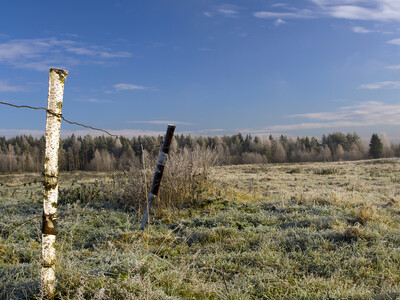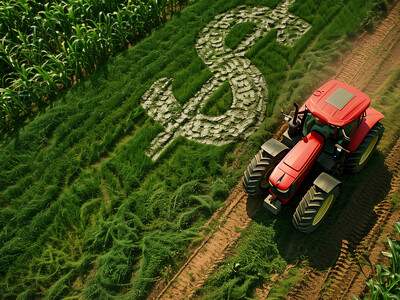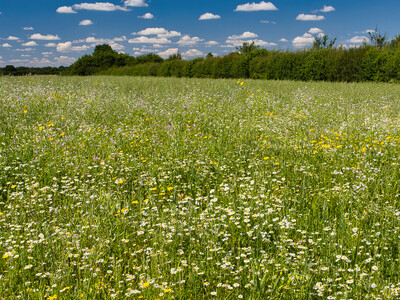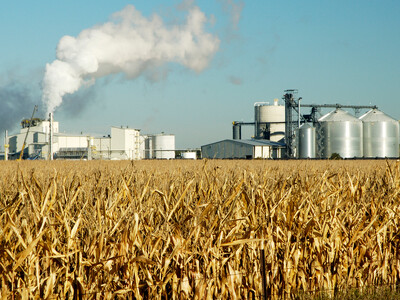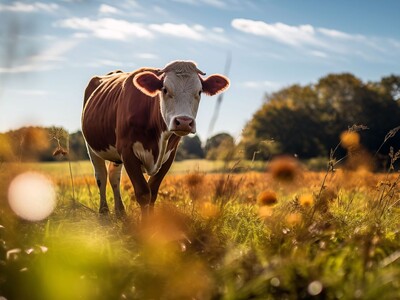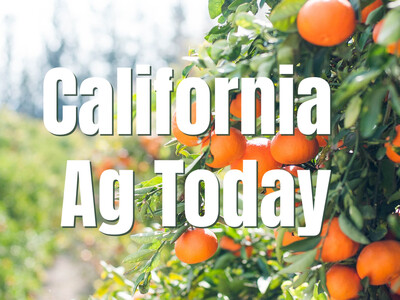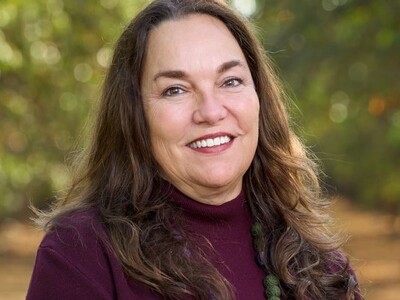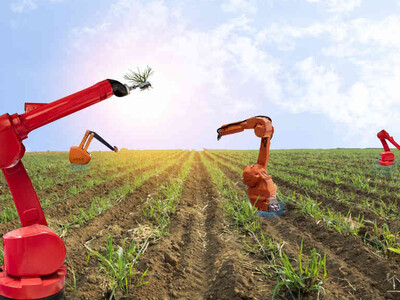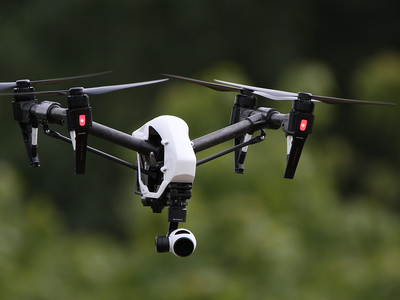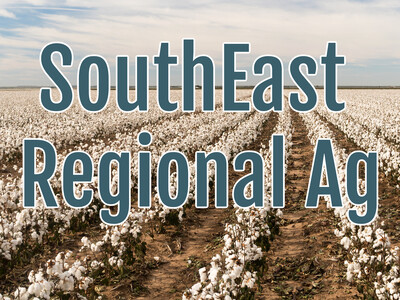The Green Bridge
The Green Bridge. I’m Greg Martin with today’s Line On Agriculture.
When it was first introduced the idea of no-till farming was a radical change and saw some bumpy years. There was a very steep learning curve and according to ARS soil scientist David Huggins, something called the green bridge was instrumental to making no-till work.
HUGGINS: The green bridge was a huge one that we had to go in and take care of and we just didn’t really know about it until the mid-80’s or so. Then research started to show, my gosh, if we planted directly into that then we were just being hammered by Rhizoctonia. We didn’t really know about it so we learned to manage the green bridge to sanitize our soils and be able to manage around some of these disease issues
He says that cumulative knowledge has helped bring no-till into a much better place these days.
HUGGINS: There’s still many people that remember some of the issues that we had. People went bankrupt, they’re not farming any more so those were some of the early pioneers basically that dedicated their time and life to a system that we really didn’t have in place and really have all the pieces in place to do it successfully. Now we’re in much better shape from that standpoint but we still have issues.
Huggins says they have issues in some of the dryer areas.
HUGGINS: Trying to maintain feed zone moisture in Eastern Washington and try to make conservation tillage work more effectively out there. And in the really wet zones, in Northern Idaho in particular we tend to still have really cold soils; cold, wet conditions in the spring and our residues tend to really exacerbate or make that problem a little bit worse so from that standpoint we could have too much water.
No-till systems have been found to increase the soil moisture content and in early spring planting crops that could cause some delays.
HUGGINS: But then again you talk to the long-term no-tillers and a lot of that will change around over time as our soils get better from the standpoint of their quality and infiltration improves and these types of things you can actually - this is testimonial - but growers will say I can get on those soils earlier now because we have better drainage because of no-till. So from that standpoint there’s a lot of different experiences that people have had
That’s today’s Line On Agriculture. I’m Greg Martin on the Ag Information Network.




